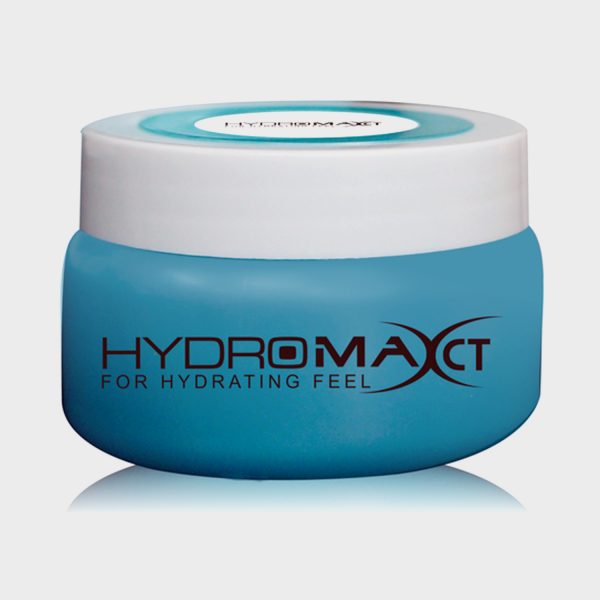Moisturizers
Moisturizers are an essential part of the skin care routine. Our skin is like a shield for our body, protecting us from daily exposure to numerous allergens, infections, and pollution. Moisturizers help very much in reinforcing this shield as it weakens with age, environmental changes, and certain skin conditions.
What is a skin barrier and how is it damaged?

Skin is made up of cells with a lipid/fat seal in between. This makes our skin impermeable to many substances we are exposed to. Cells in our skin are renewed daily, so old cells are shed and new ones take their place. Thus the barrier is reformed constantly even as it gets damaged. Environmental changes like low humidity, cold weather, constant exposure to water or other wet substances, harsh detergents, etc. strip away this barrier faster than it can be replenished.
Certain skin conditions like eczema, psoriasis, and many others can lead to a defective barrier being produced. Some signs to indicate barrier damage are dry skin with whitish flakes on scratching, dull skin, wrinkled look or red irritated skin. The need for moisturizer arises in this setting to replenish or support a weak skin barrier. Moisturizers can also be used proactively to protect the skin barrier from damage.
What do moisturizers contain?
Moisturizers are basically a blend of fatty substances aimed to reinforce the key component in the skin barrier, which is the lipid seal. It is similar to the practice of applying oil to smooth out the skin, but in a more scientific and targeted way.
Plain oils, mineral oil or petrolatum, nut and seed buttercreams like shea butter or almond butter, etc, lock in moisture present in the skin. So they should be applied to damp skin. Ingredients like glycerin draw water to the skin improving moisture.
Moisturizers with AHAs like glycolic acid, lactic acid, and urea help in shedding old skin and are useful for people with very dry, flaky skin and thick skin or deep cracks in the heel. But they should be avoided over irritated or red skin. Some moisturizers have the exact lipids normally present in the skin for better repair, especially for people with skin diseases with defective barriers.
Other common ingredients are vitamin E, cetyl alcohol, aloe vera, etc. Newer and more expensive moisturizers contain antioxidants for skin health. Sunscreens in day creams and skin lightening agents for added benefits. Moisturizers are available in cream and lotion forms. Creams have more lipid content and are occlusive. Lotions are more water-based and are lighter for easier spread.
Choosing a moisturizer?
It is best to go for moisturizers free of fragrances and parabens to limit the risk of allergies. Cream forms would be suitable for those with dry, cracked skin and a compromised barrier. Lotions are suitable for all for daily maintenance and are also easy to spread. Body moisturizers may not be suitable for the face. Thick creamy formulations on the face may provoke a flare of pimples and look oily. Lightweight water-based moisturizers sometimes with added sun protection and skin lightening agents can be used for the face.
Moisturize through all seasons but modify the type of moisturizer based on the skin’s needs. Prefer aqueous lotion and avoid thick creams during summers as the occlusion of sweat glands may provoke prickly heat rash. Moisturizers containing barrier reparative ingredients like ceramides are good for people with skin allergies and a compromised barrier. It is best to have a consultation with a dermatologist for choosing the right moisturizer suited for you. And it may be different for different areas of the body, times of day, seasons, and certain skin types.
When and how to use it?
Moisturizers are particularly useful and essential in winters but should be used all year round. The best time to apply would be immediately after a bath followed by towel drying (within 3 minutes) when the skin is still damp. Use liberally over all areas especially hands and legs. Massage till it is absorbed and wait for few minutes before applying other skincare products on top of it. While using face moisturizers, it should be used first followed by other medications, skin lightening creams and spot treatments, and sunscreen at last.
If you use serum formulation of products they can be used before moisturizers. Repeat moisturizer application again at night after cleansing and drying. In case you use or handle cleaning agents, detergents and chemicals like homemakers, maids or those exposed in occupation should use moisturizers frequently. After finishing household chores involving washing and cleaning it is best to wash hands well with plain water, towel dry, and moisturize to prevent damage to the fat seal in the skin caused by detergents.
The benefits of moisturizers:
Apart from its role in protecting the skin barrier it also improves the appearance of the skin. Hydrated skin looks more radiant and smooth. It also has a role in anti-aging treatment as it delays the aging of skin and wrinkles. The benefit is more when used regularly from an early age. Newer moisturizers with antioxidants add to this anti-aging benefit.
Hydrated and moisturized skin is also less prone to develop stretch marks. Stretch marks removal can be done easily at home when using creams like this one. Some children and adults with skin allergies and eczema can avoid flares of the skin disease and reduce the need for frequent consultations and treatment by regular use of appropriate moisturizers. It prevents cracking of feet and hands from doing daily chores, wet work, and detergent exposures. Moisturizers reduce friction and darkening of the skin in areas like the thighs and waist. So be sure to include moisturizers as a part of daily skincare and your skin will thank you in the long run.














